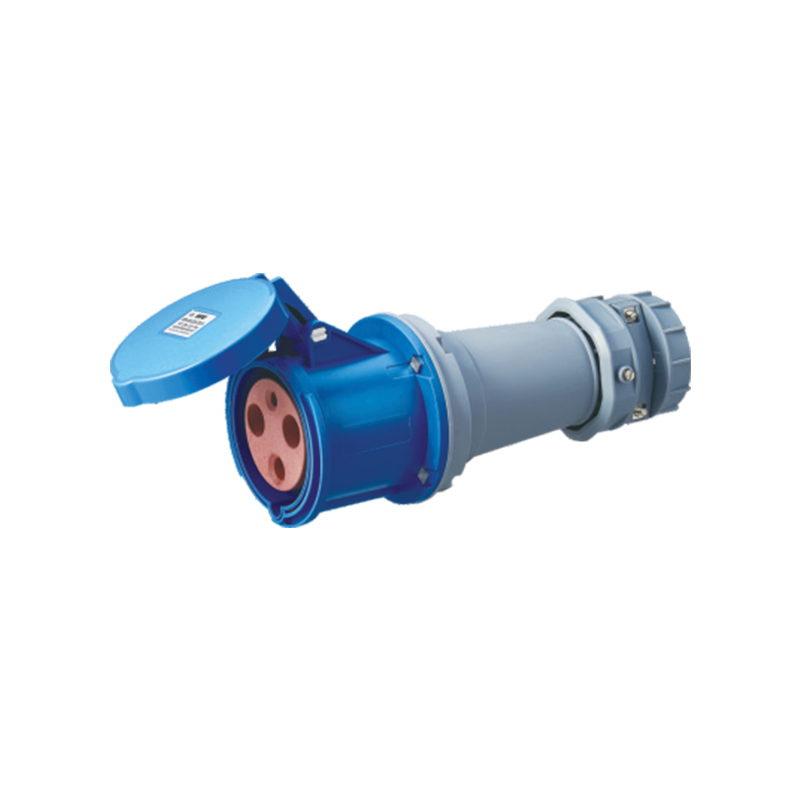Address: No. 199, Weiwu Road, Yueqing Economic Development Zone, Zhejiang Province, China.
In today's interconnected world, understanding the voltage differences in global power systems is crucial for both consumers and manufacturers. As electrical devices become more portable and international travel increases, the necessity for a clear grasp of various voltage standards becomes more pressing. This article delves into the complexities of global power systems, the implications of voltage discrepancies, and the role of plug sockets with cables and standard electrical connectors.
Electricity is a fundamental part of modern life, powering homes, industries, and services worldwide. However, not all countries operate on the same voltage and frequency. The more common voltage levels for household appliances are 120V and 230V, with the former primarily used in North America and the latter in Europe and many other regions. This disparity can advance to complications when using electrical devices across borders. An appliance designed for one voltage may not function properly and could even be damaged when connected to a system with a different voltage.
One primary factor to consider is the risk of equipment failure. Devices plugged into a power source with an incorrect voltage can experience overheating, malfunction, or permanent damage. For instance, an American hair dryer rated for 120V plugged into a European socket providing 230V is likely to overheat and break down. This emphasizes the importance of understanding voltage ratings and the compatibility of electrical devices when traveling or relocating.
To navigate these differences, travelers often rely on plug adapters and voltage converters. A plug socket with cable can facilitate the connection of devices from one region to another. However, it's essential to understand that an adapter only changes the plug shape; it does not convert voltage. Using an adapter without a voltage converter can advance to severe consequences for devices not rated for the incoming voltage.
Standard electrical connectors are designed to meet specific requirements and safety standards. They come in various forms, depending on the region, and ensure a consistent and secure connection between devices and power sources. In Europe, for instance, the Type C and Type F connectors are prevalent, while in the United States, the NEMA 1-15 and NEMA 5-15 are the norm. Understanding these standards helps manufacturers design products that are safe and compliant with local regulations.
In addition to consumer safety, these voltage differences can also impact manufacturers and their supply chains. Companies that produce electrical appliances must consider global markets and the varying requirements of different regions. This often involves designing products that can accommodate multiple voltage standards or providing region-specific models. Additionally, manufacturers must ensure that their plug sockets with cables meet local compliance regulations, which can vary widely from one country to another.
As renewable energy sources become more common, the need for standardized voltage systems is increasingly important. Countries adopting solar power and wind energy may have different voltage requirements than traditional power sources. This shift can advance to further complications in connecting devices, making it essential for manufacturers to stay informed about changing regulations and emerging technologies.
Moreover, educational initiatives aimed at raising awareness about voltage differences are essential. Many consumers remain unaware of the potential risks associated with using appliances across different regions. Manufacturers, retailers, and travel companies can play a role in disseminating information on safe practices, such as using appropriate converters and understanding the implications of voltage compatibility.
In conclusion, understanding the voltage differences in global power systems is vital in our increasingly interconnected world. The implications of these differences affect consumers, manufacturers, and the broader energy landscape. By recognizing the importance of standard electrical connectors and the function of plug sockets with cables, individuals and businesses can better navigate the complexities of international power systems. As we continue to rely on electrical devices across borders, fostering awareness and understanding of these issues will be crucial for ensuring safety and efficiency in global electrical use.
This knowledge is not only essential for safety but also fosters innovation in the design and manufacturing of electrical products. By prioritizing compatibility and adherence to safety standards, the industry can move toward a more cohesive global electrical framework, benefiting consumers and manufacturers alike.







